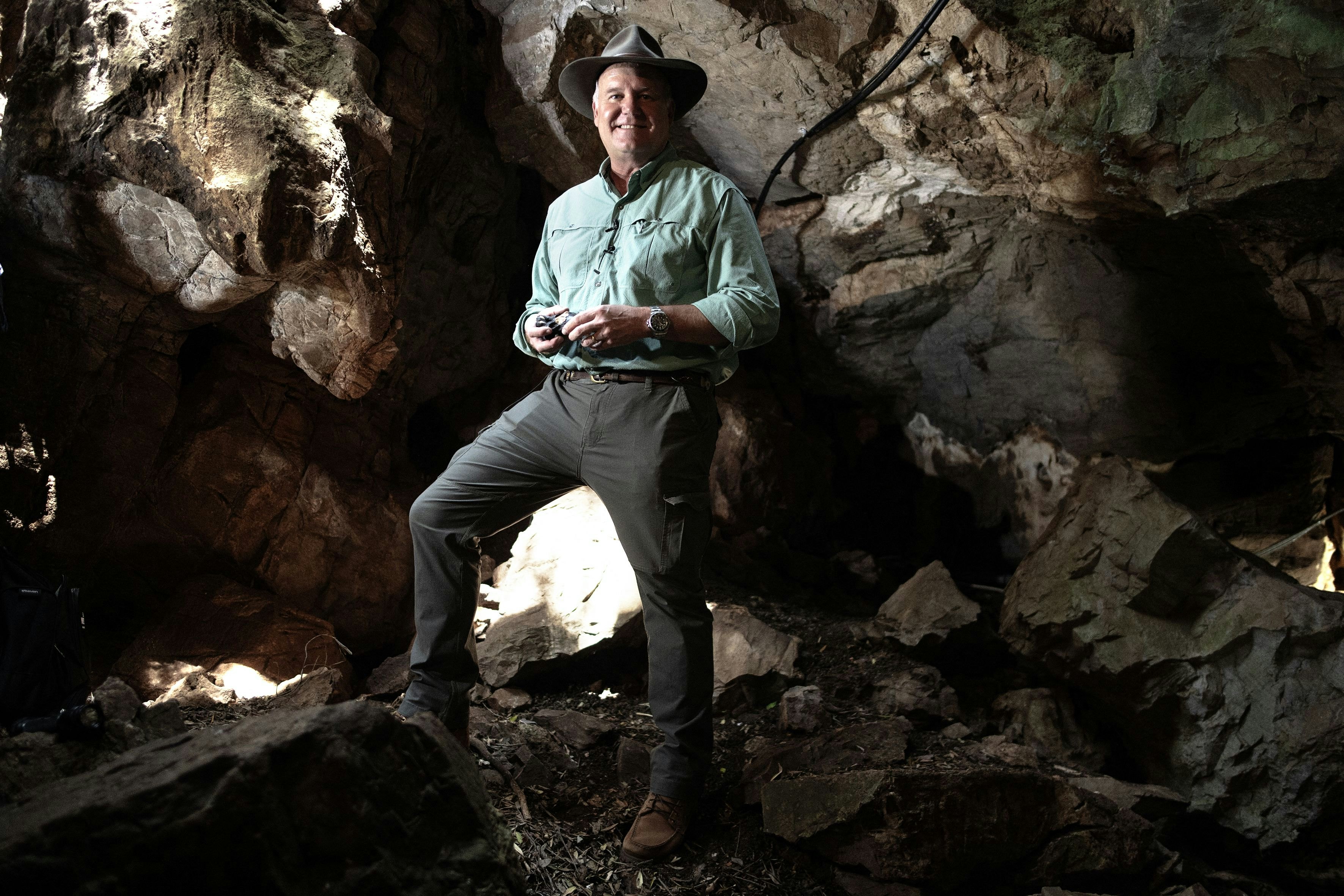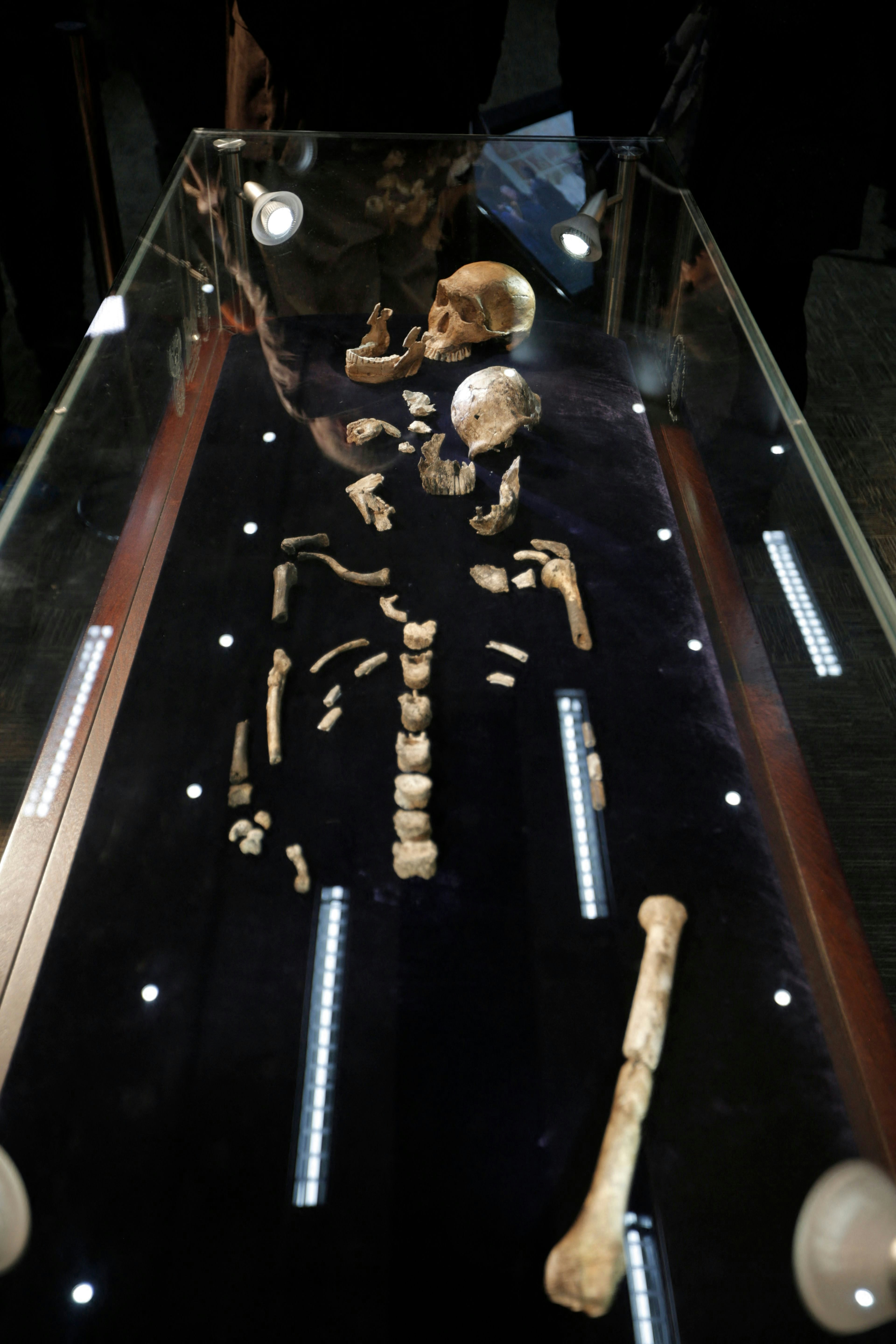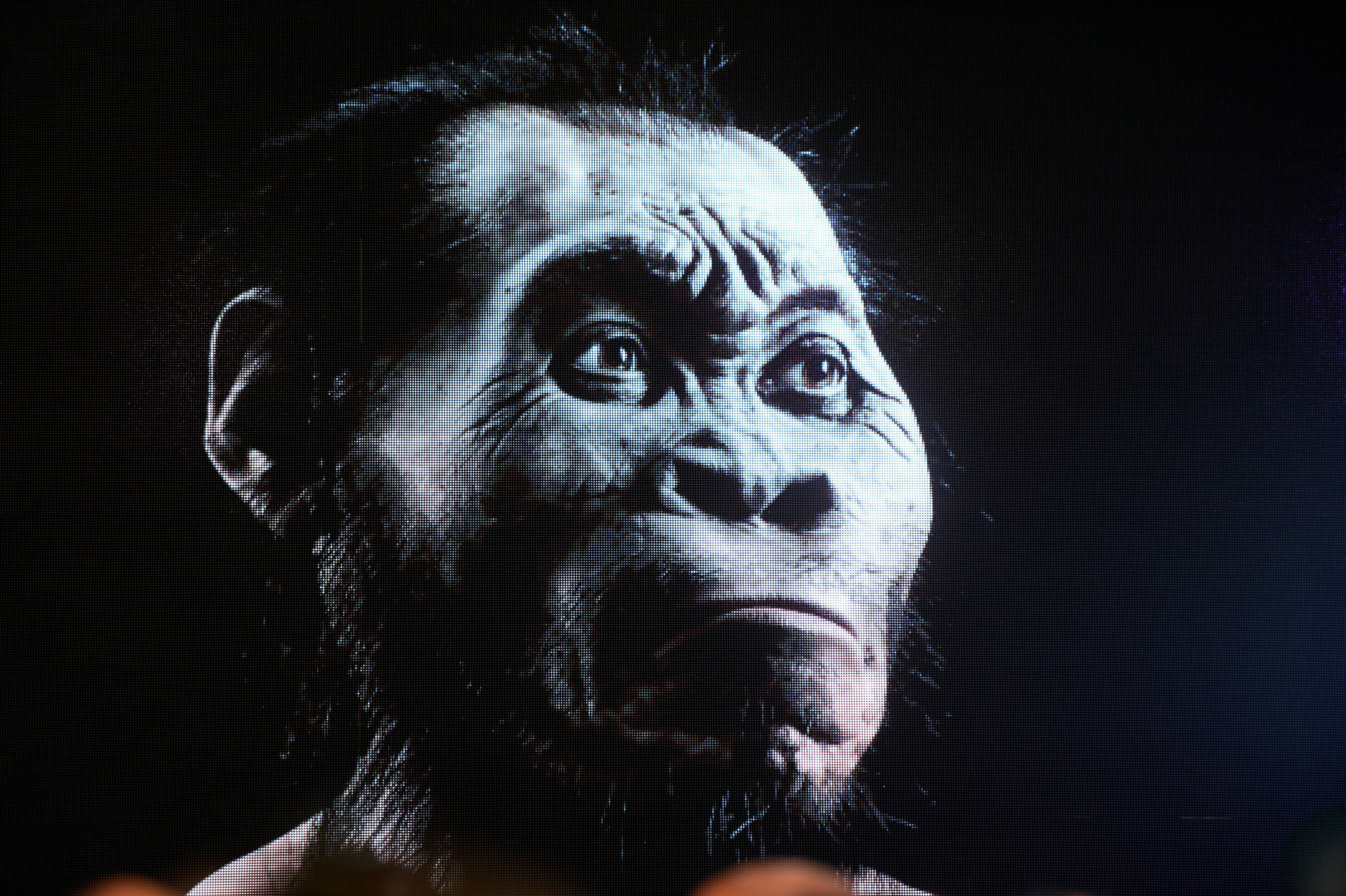
Homo naledi, a small, primitive-looking relative of our species may have buried its dead and marked their graves with etchings on cave walls, according to a group of recent papers by the species’ discoverers, University of Witwatersrand paleoanthropologist Lee Berger and his colleagues. There’s even a Netflix documentary touting the story of Homo naledi funeral rites.
However, other scientists are skeptical that the evidence really points to interment rather than just erosion covering bodies with sediment. No one doubts that these fossils and this site are important; the debate is over what the fossils tell us about these small hominins — and how sure we can be based on the available evidence.

Shallow Graves in a Deep Cave?
Berger and his colleagues’ 2015 announcement that they’d discovered a new hominin species stirred up controversy — discovering a new species is a huge claim. And although Homo naledi looked like much more ancient human relatives, dating suggested the species had walked the plains of South Africa at the same time as our own species, around 300,000 years ago.
From the start, Berger’s approach to sharing his discovery was unconventional. And Berger and his colleagues have made even more extraordinary claims about Homo naledi in the eight years since: That these diminutive, small-brained hominins had carried their dead into the Rising Star Cave System on purpose, that they’d used fire to light their way, and most recently that they actually buried their dead in shallow pits and then engraved marks on the cave walls nearby.
Other paleoanthropologists say that’s a pretty tall conclusion to jump to based on the available evidence, but Berger and his colleagues are holding their ground.

Extraordinary Claims Require Extraordinary Evidence
The latest claims, that Homo naledi not only carried its dead into the caves, but actually buried them there in shallow graves in the dark, were published first in a set of pre-prints: research papers that scientists have finished writing, but that haven’t been reviewed by other scientists or published by a journal. Typically, before scientific research is published, a group of scientists who weren’t involved in the work read the paper and examine the evidence. Peer review is part of how scientists check each other’s work instead of just taking each other’s word for it.
The papers are now under review at an open-access journal called eLife, and the four anonymous reviewers — fellow paleoanthropologists who the journal’s editors asked to review the article based on their expertise in studying hominin fossils — are very skeptical about whether the evidence really points to Homo naledi digging graves deep underground.
“While I acknowledge the importance of investigating potential deliberate burials in Homo naledi, I do not think that in its present form, the evidence presented in this study is as robust as it should be,” concluded anonymous Reviewer #2.
The reviewers’ specific concerns range from not including a diagram of bone placement to not accounting for erosion as a possible explanation for the position of the bones in the cave. In the end, it all boils down to a consensus that although there’s no evidence that Homo naledi didn’t bury its dead, there’s also not enough evidence to say for sure that they did. Also, where Berger was radically open with his data in 2015, the reviewers say he and his colleagues left some key evidence out of the paper entirely this time around.
Several other paleoanthropologists, not involved in either the Rising Star work or the review process, have also weighed in, and they’re mostly skeptical — not about the idea that Homo naledi could have buried their dead, but about the idea that we can be sure Homo naledi buried their dead.
Meanwhile, Berger and his colleagues have responded to reviewers — which you can see on the paper’s eLife page — and plan to make some revisions to the paper, including more evidence. In his comments to the press, Berger has been much less reserved. One thing is clear: the debate is just starting, and instead of years of slow exchanges of competing journal articles, we’ll get to see it play out in real-time.







